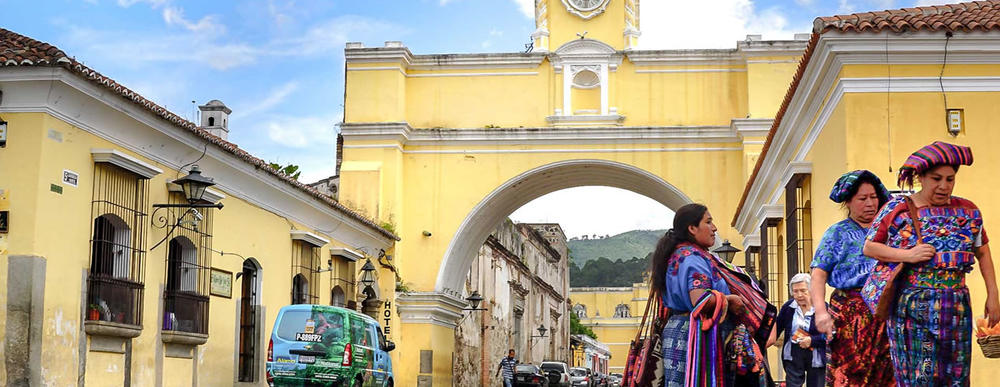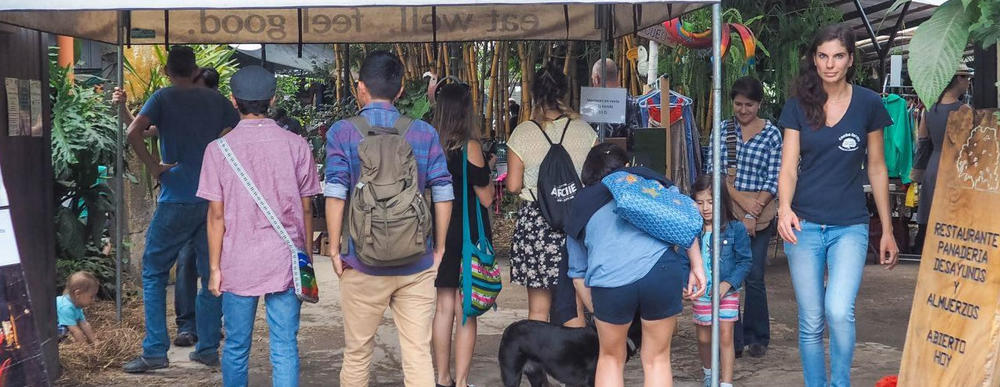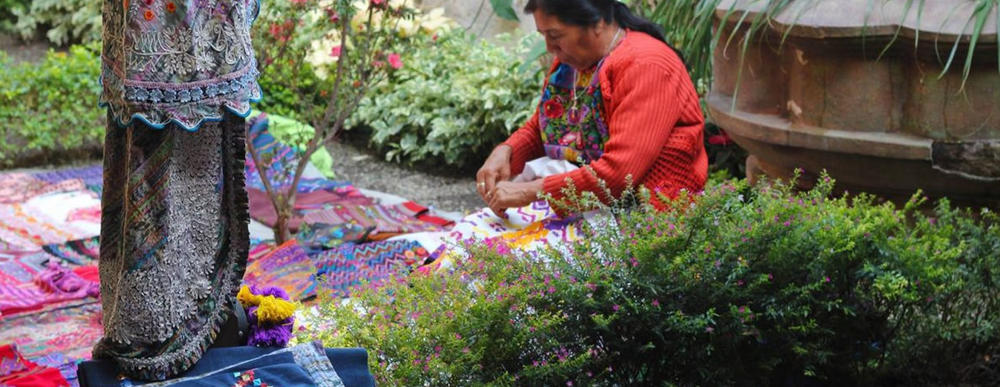Posted on May 27, 2019 |
When you travel to Antigua Guatemala or any other Spanish-speaking city, one of the first things you have to know is how to ask for prices and costs. Each country has its own idioms, but in general we share some basic terms.
If you are in Guatemala, you will notice that there is a way of talking when it comes to shopping that varies a little depending on the place or business type. For example, purchasing something in any regular shop is not the same as it is in the local-market for instance… asking for the cost of a handicraft to a street vendor is different than asking for the price of a dessert in a restaurant.
There is also a custom of asking for a discount or negotiating a price in Antigua Guatemala, negotiating for a discount in Guatemala is called "regatear". Regatear is common in the market, but you can not do this in a shop, restaurant or hotel where the prices are final.
The basic “price or cost” question in Spanish for an item.
The questions in English is : How much for this item?... or What is the price for this one?, but in Spanish, there are three ways to ask the same question, please attention to the differences between the three of them :
- ¿ Cuánto cuesta ? (What is the cost?) or ¿Cuánto me cuesta? (How much does it cost me?). This is perhaps the most common or used question when asking for a price, the word ‘cuesta’ refers to ‘cost’ but also to ‘hard to’. There is a common concept in Guatemala that it is ‘hard to’ make a living to make money.
- ¿ Cuánto vale ? (What is the value?), this is not as common as the first option. Asking like this shows an understanding by the shopper that the item has a value and it is respected.
- ¿ Que precio tiene ? (What is the price for this item?). This is the question less used in Guatemala, for it shows greater education and good culture. It is a better spoken Spanish, a more refined language.
“Regatear” for a price in Spanish.
Negotiating a price or a cost at the local-market or with a street-vendor requires a different question, perhaps there is no literal translation to these, but we will try to explain each one so you can understand how and when to use them. When it comes to ‘regatear’, you should ask for the regular price first, to then say :
- ¿ Y a cuánto me lo deja ? : (So, how much it is for me ?) When visiting the market and negotiating a price, this is perhaps the most common question. So let's break the question down in two parts, the first half ‘Y a cuánto’, means “So, how much”, this is quite clear… the second half says ‘me lo deja’, the word ‘deja’ refers to GIVE UP, as “giving up the product for me”. Like saying : So, for how much would you give it up just for me?, NOTE that since this is a ‘friendly’ way to negotiate a price, this question leaves ‘room’ to continue shopping or even negotiating for the same item.
- ¿ Cuánto es lo menos ? This is the second most common way of asking for a price reduction. But unlike the first, this is a less friendly and more direct question. Translated is : How much is the lowest (price) ?
- ¿ Cuánto es lo último ? This is a final question, which does not allow for more purchase or negotiation. This question is commonly used for a single article. Translated is : What is the last price you can give ?
The ‘Change’ in Spanish
Whenever you pay something, if paid in cash, you would expect the ‘change’. The correct translation for ‘change’ is CAMBIO. In shops, art shop and galleries, restaurants and hotels in Antigua Guatemala, the same as a guesthouse in Antigua Guatemala, you will hear the word ‘cambio’, for example… “Aquí está su cambio” (Here, the change), or if you are in a coffee shop and wish to leave a tip, you would say “Quedese con el cambio” (Keep the change). There is another very popular word for ‘change’ in Guatemala, this is “VUELTO”. The word VUELTO comes from ‘vuelta’ or ‘regreso’ (as return). The concept behind is simple… if you pay something in cash, you are giving money to someone, that person will then “return” the difference of the value of the good that you have purchased with the cash that you have just handed. This returned money is called ‘vuelto’. The word VUELTO is commonly used at little stores, markets and by most small businesses.
As simple as it seems, understand how to ask for prices can be a bit tricky and it is good to know the small differences that apply according to the place. These details are part of the culture of Guatemala and the Spanish language.
Latest Posts
-
Easter Week 2025 Schedule Processions Antigua Guatemala
- Mar 02, 2025 -
Ten Beautiful Words in the Spanish Language
- Jul 13, 2024 -
Easter Week 2024 in Antigua Guatemala
- Feb 04, 2024


